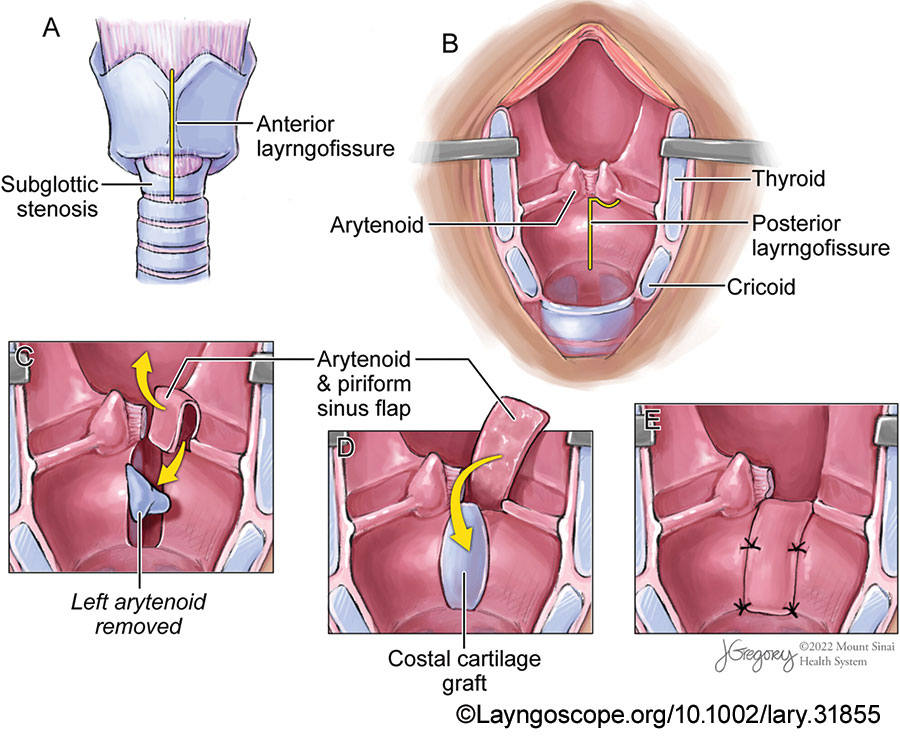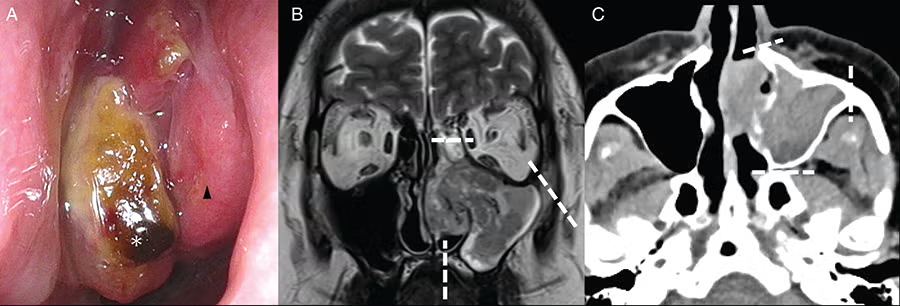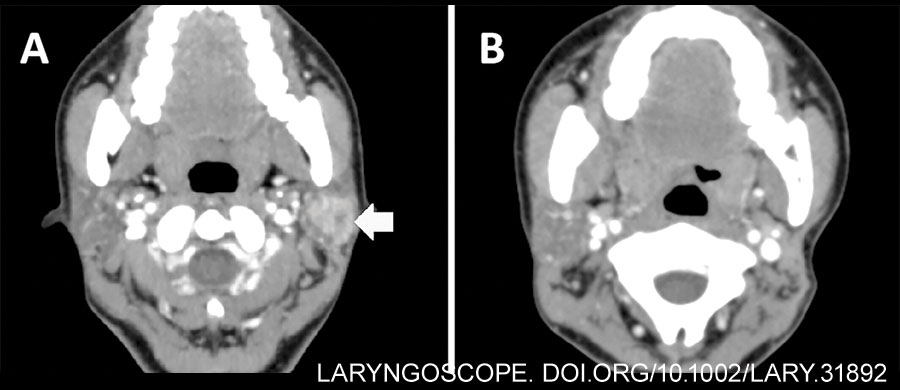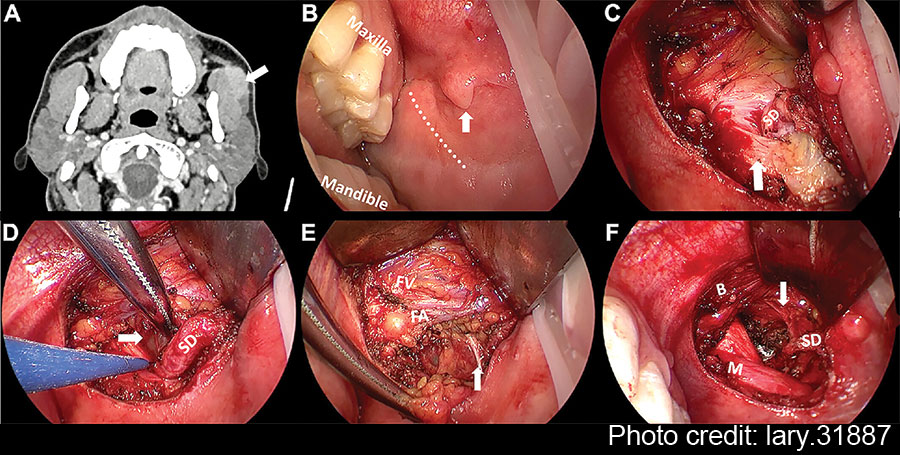Scan the literature on transcanal endoscopic ear surgery (TEES) and you’ll find a host of benefits for the procedure when it is compared with its microscope-guided counterpart, including enhanced visualization, superior training, and reduced post-operative complications, to name just a few. Coupled with recent equipment advances, such as thinner, more flexible endoscopes and ones that combine cutting and suctioning for enhanced bleeding control, it’s clearly an exciting time for TEES.





